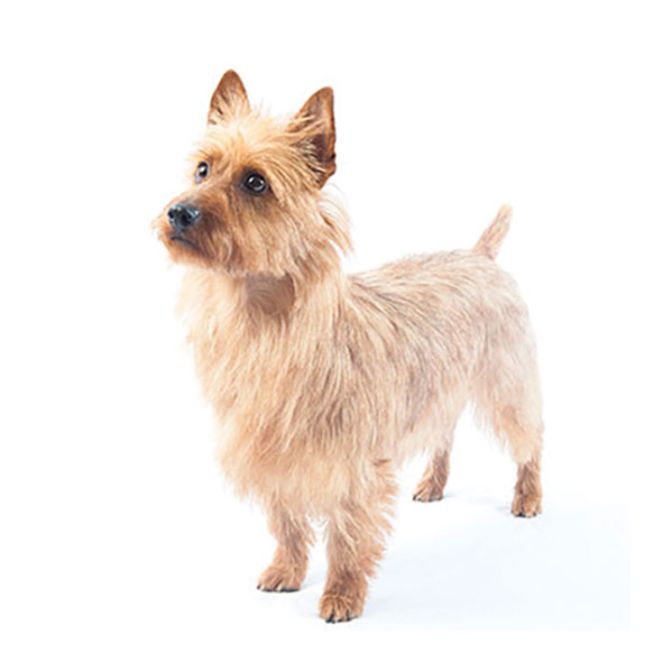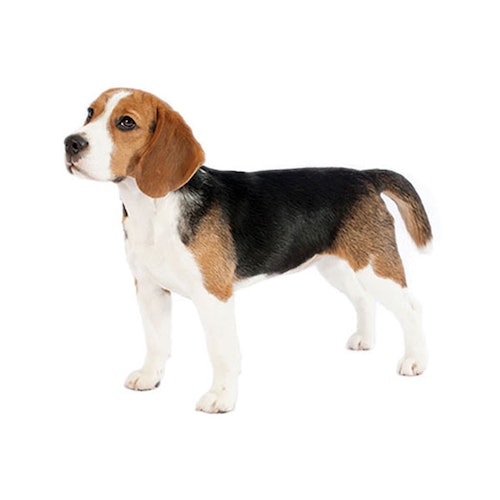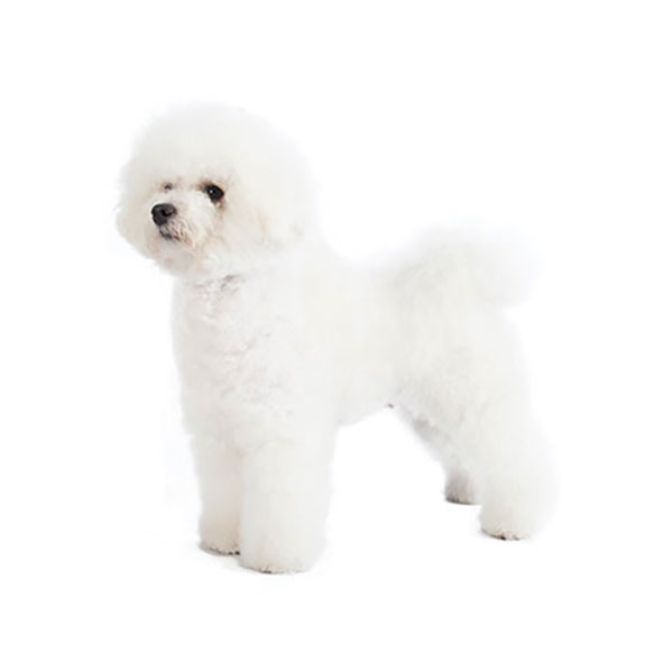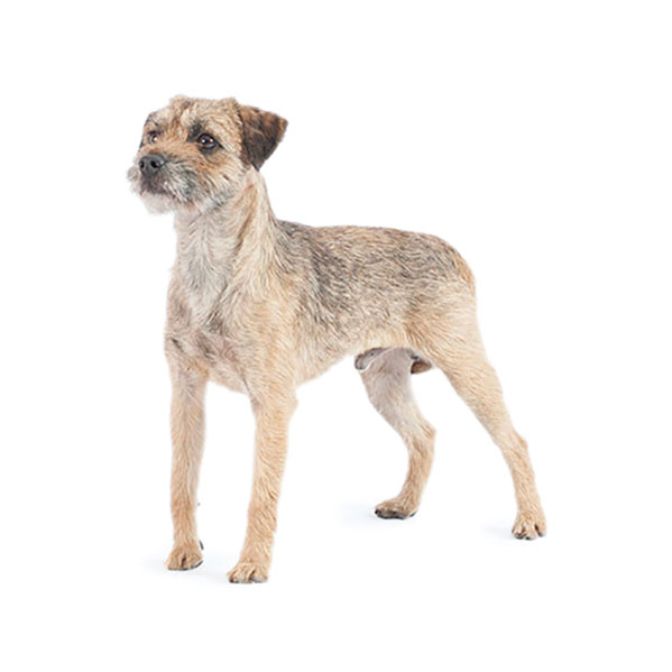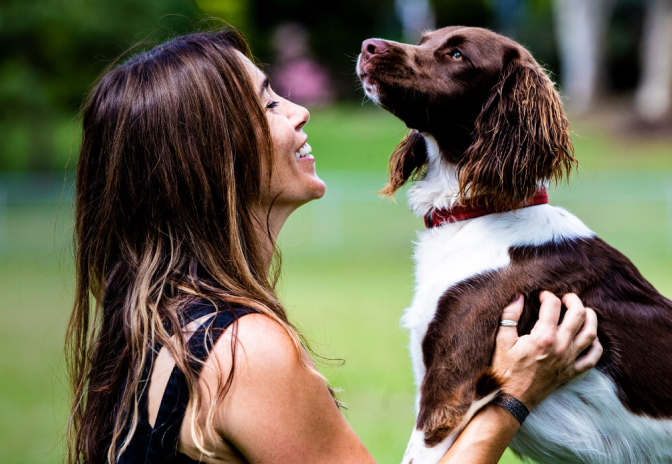Japanese Spitz
Small
Long
Females between 30 to 34cm at the withers, Males between 34 to 37cm tall
High
5 to 10Kg
Obedience, Agility
The Japanese Spitz is a high-spirited, intelligent, and playful dog. This happy dog is usually good with children and usually gets along well with other dogs and household pets. Socialise them well or they can be reserved and even somewhat aloof with strangers.
The Japanese Spitz is, in spirit, a big dog in a little dog's body. This tough little dog acts as a house protector and guardian. The Japanese Spitz can be an inveterate barker if you allow them to believe they are in charge. They are good for apartment life. This breed is fairly active indoors and will do okay without a yard as long as it gets plenty of outings and exercise.
The long-haired coat of the Japanese Spitz has a thick under-layer that is always pure white. The tail is covered with long hair and is carried curled over the back. The coat is short on the bottom half of the legs, with breeches on the hind legs and feathering on the forelegs.
The ears are small and pointed upright, and the muzzle tapers slightly. The large oval eyes are dark and slightly slanted, and the nose and lips are black. The face of the Japanese Spitz is wedge-shaped. There is dense feathering on the feet.
No one knows for sure of the origins of the Japanese Spitz, but some claim it is descended from the native Siberian Samoyed. This theory is controversial but those who believe it claim, Samoyeds were strictly bred for smallness, with the end result being the Japanese Spitz.
Everything about the Japanese Spitz strongly suggests that it is simply a small version of the Samoyed. Creation of the breed commenced in the late 1800s. Very popular in Japan in the 1950s, and although numbers in the native land have declined, it has become increasingly popular in Europe, North America and Australia.
The Japanese Spitz is not difficult to train as long as the owner is always consistent.
This breed learns quickly and really enjoys agility and playing games of catch with balls or Frisbees.
This is a busy little dog who will adapt to your lifestyle so long as you take the dog for a long, daily walk.
In addition, they will enjoy a regular chances to run off its lead in a safe area.
The Japanese Spitz is good for apartment life.
This breed is fairly active indoors and will do okay without a yard as long as it gets plenty of outings and exercise.

